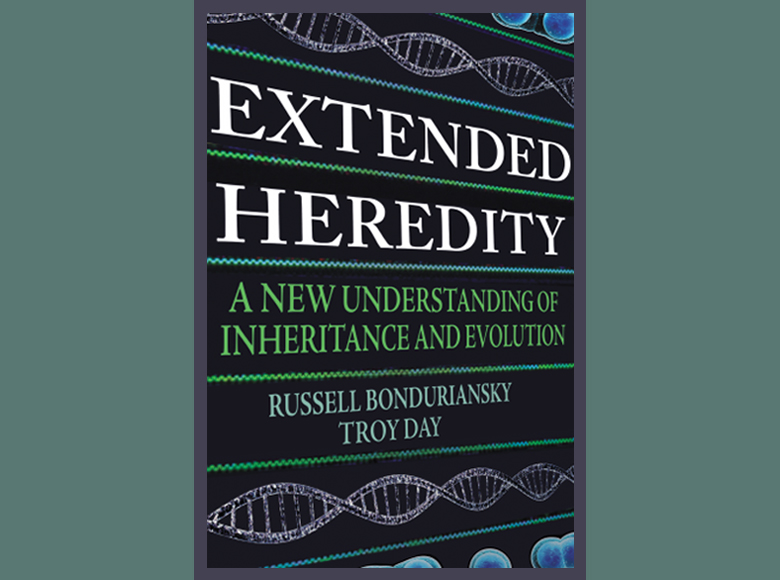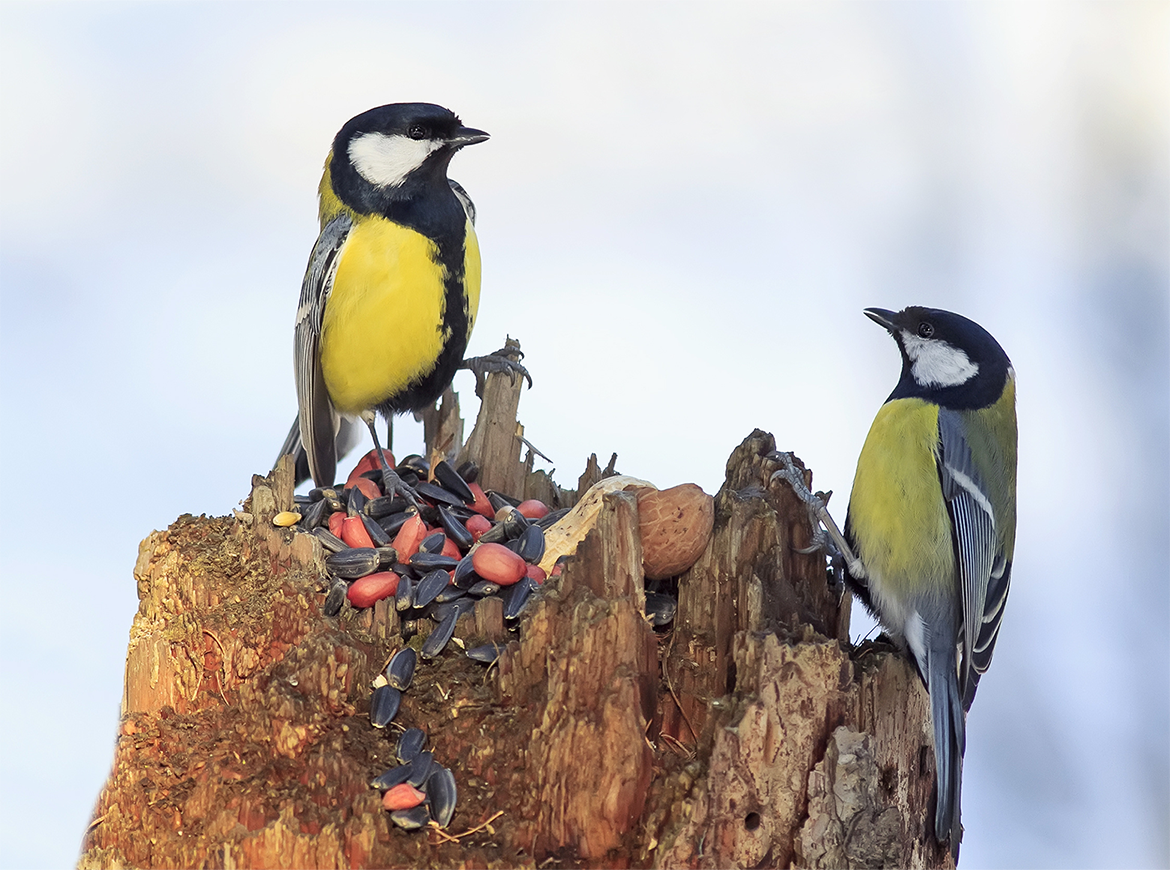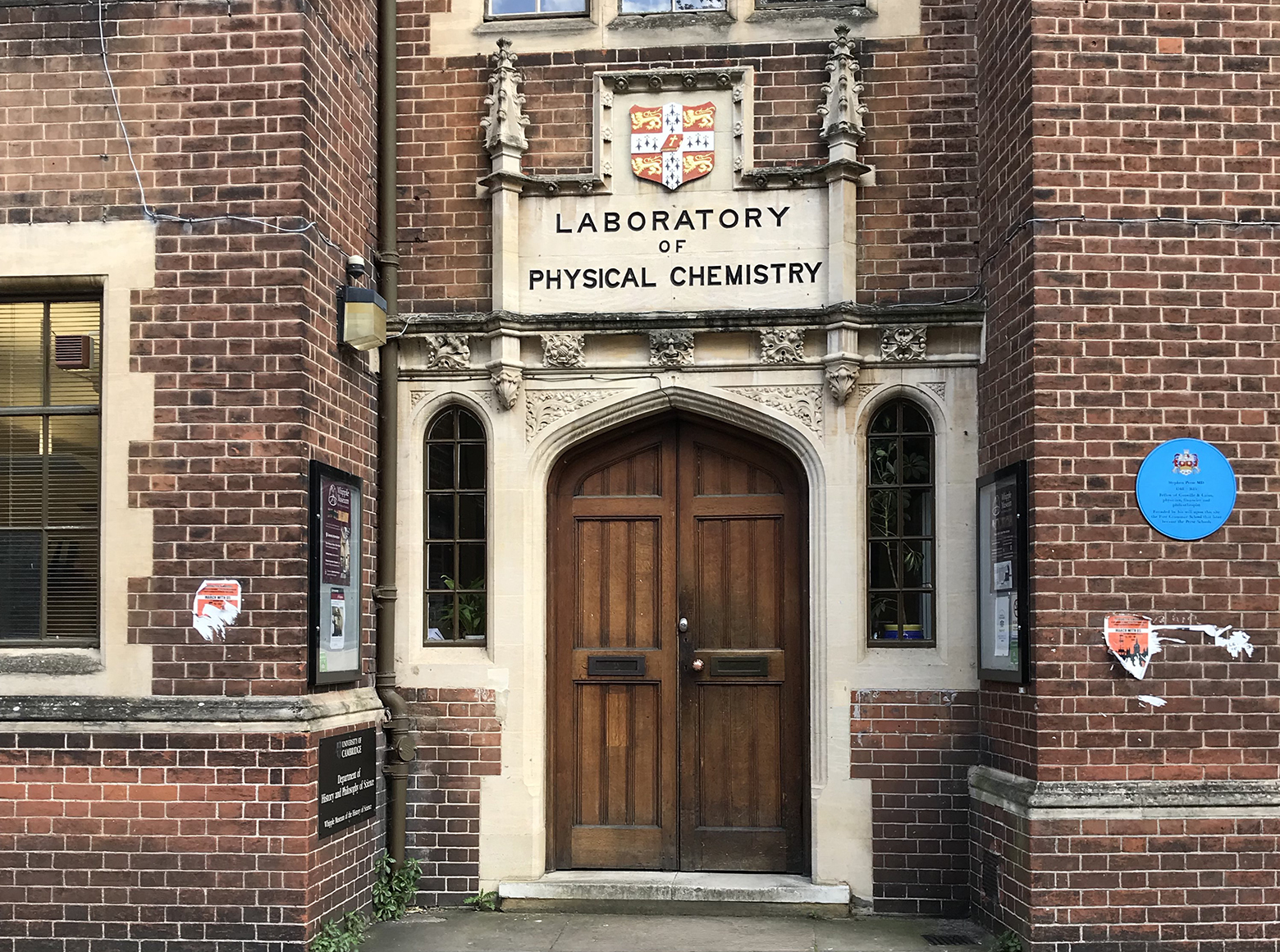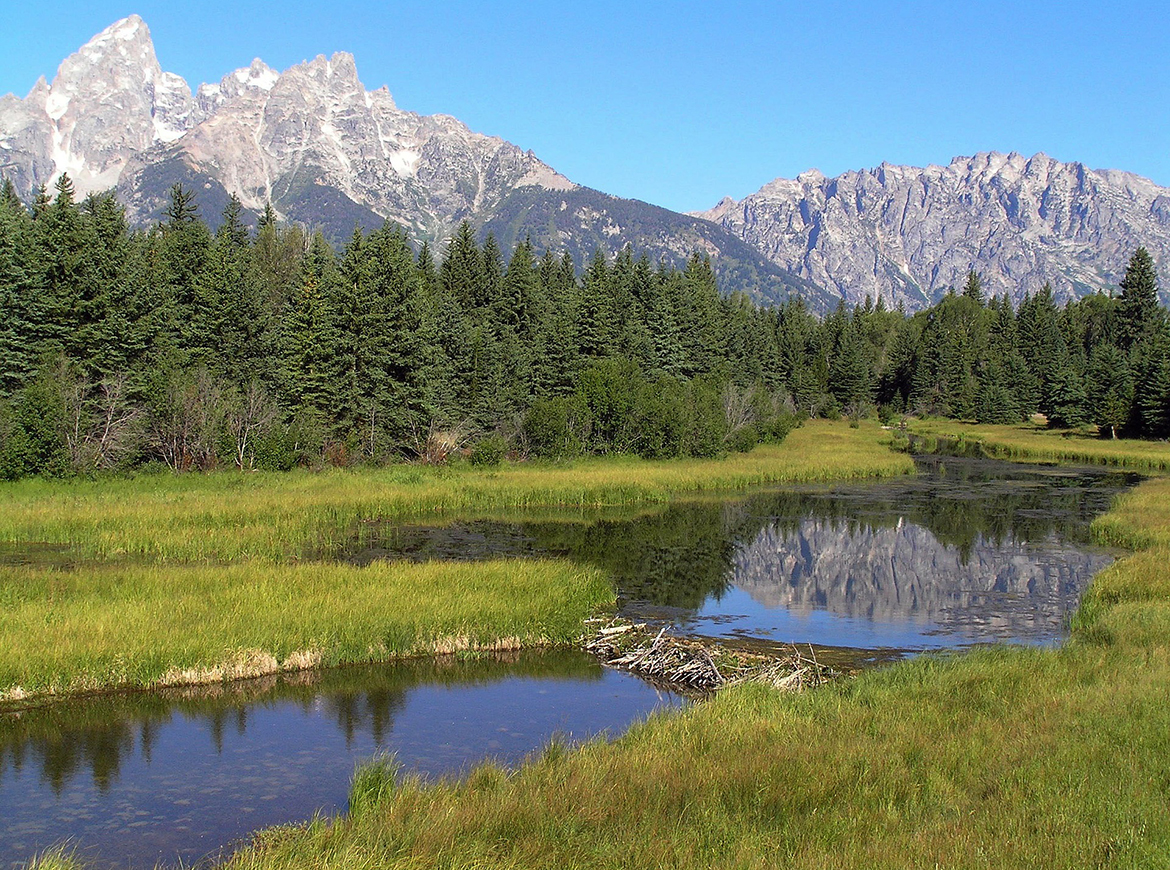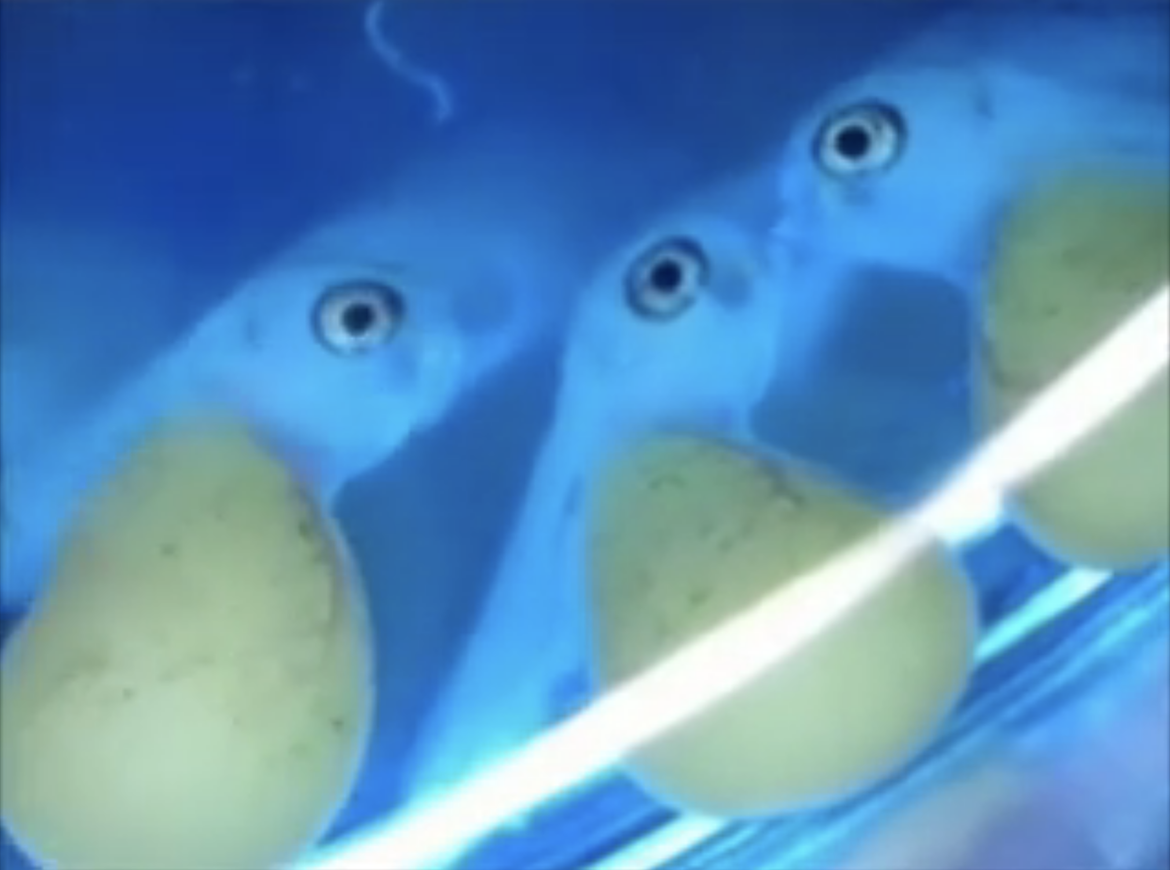Extended Heredity: An interview with Russell Bonduriansky and Troy Day
by Russell Bonduriansky, Troy Day, Kevin N Laland & Katrina J Falkenberg
Extended Heredity: A New Understanding of Inheritance and Evolution is a fantastic new book by Russell Bonduriansky and Troy Day about the role of nongenetic inheritance in evolution. There are many similarities between the views presented in the book and the extended evolutionary synthesis but there are also differences. Kevin Laland identified some of these
read more